
By Seade CAESAR
Forecasts point to steady acceleration in real GDP as the UAE diversifies its economy and attracts foreign investment.
The Headline Numbers
IMF: 4.0% in 2025, Slightly Higher 5% in 2026
The IMF projects the UAE’s real GDP to expand by 4.0% in 2025, with growth edging up modestly 5% in 2026 as non-oil sectors maintain momentum and oil output gradually improves.
The IMF is traditionally cautious, balancing optimism about tourism, logistics, and finance against risks from global interest rates and energy volatility. Its 2026 view suggests the UAE will benefit from more stable oil production alongside continued gains from diversification policies.
Although not as bullish as domestic projections, the IMF outlook reinforces confidence in the UAE’s steady, resilient growth path, providing a conservative baseline for investors and policymakers.
World Bank: 4.6% in 2025, 4.9% in 2026
The World Bank anticipates 4.6% GDP growth in 2025, with a further increase to around 4.9% in 2026. Non-oil GDP is expected to expand faster than the overall economy 4.9% in 2025 driven by trade agreements, infrastructure investment, and expanding service industries.
The easing of OPEC restrictions contribute more strongly in 2026, helping hydrocarbons recover while leaving non-oil activities as the main growth driver. This forecast highlights the UAE’s ability to sustain nearly 5% growth across two consecutive years, positioning the country as one of the Gulf’s most resilient and diversified economies, attractive for both investors and international trade partners.
CBUAE: 4.9% in 2025, 5.3% in 2026
The Central Bank of the UAE remains the most optimistic, projecting 4.9% growth in 2025 and a robust 5.3% in 2026. Its outlook reflects confidence in strong domestic demand, expanding credit markets, and the UAE’s rising role as a regional hub for finance, tourism, and logistics.
Importantly, the CBUAE sees hydrocarbon GDP strengthening in 2026 as OPEC quotas loosen further, complementing consistent non-oil growth of about 4.5% annually which is projected to grow 4.8% in 2026. This projection reflects both cyclical recovery and structural transformation. The central bank’s higher numbers suggest the UAE is not just resilient but also gaining speed, making it one of the Gulf’s standout economies.
What is driving the acceleration?
Non-oil sectors are doing the heavy lifting
The UAE’s growth story rests on strong momentum in non-oil activities such as tourism, aviation, logistics, construction, and finance. Reforms enabling 100% foreign ownership, new visa regimes, and free zone expansions are deepening resilience.
In 2025, non-oil GDP is expected to grow 4.5%, underpinned by investment inflows and expanding trade. By 2026, growth is projected at around 5% (4.8%), supported by advanced manufacturing, AI-driven digital services, and continued inflows of expatriates and tourists that boost domestic demand.
A measured oil rebound
Hydrocarbons, though less dominant than before, remain vital to the UAE’s fiscal health. After OPEC production cuts restrained output in 2023-2024, a phased rollback will boost oil GDP in 2025, with expansion around 5.8%.
By 2026, as quotas loosen further, the hydrocarbon sector is forecast to contribute even more strongly, with real growth above 6.5%, especially as ADNOC expands LNG and petrochemical investments. This rebound stabilizes fiscal revenues, providing additional capital for infrastructure and diversification projects.
Diversification and pro-business reforms
The government’s focus on economic diversification continues to reshape the UAE’s growth model. Initiatives such as the Net Zero 2050 strategy, technology accelerators, and new CEPA trade agreements attract long-term FDI into renewable energy, fintech, and logistics.
In 2025, these policies anchor non-oil GDP growth close to 5%(4.5%), insulating the economy from oil volatility. By 2026, reforms are expected to consolidate gains, pushing total GDP growth above 5.3%, making the UAE one of the fastest-growing diversified economies in the Gulf.
External demand and regional recovery
The UAE’s status as a global trade hub benefit from both regional and international recovery. Stronger growth in Gulf neighbors, a rebound in global air travel, and closer ties with Africa and Asia sustain trade and tourism inflows.
In 2025, these dynamics are expected to lift services exports and investment flows, reinforcing 4-5% GDP growth. By 2026, as global demand strengthens further and Red Sea trade routes stabilize, the UAE’s role as a logistics and investment hub should lift growth past 5%.
How the forecasts differ and why that matters
IMF (4.0% in 2025)
The IMF’s 4.0% projection is deliberately cautious, reflecting global uncertainties and a conservative view on oil output recovery. This baseline is valuable for policymakers and businesses as a “safety floor,” ensuring planning does not rely on overly optimistic assumptions. For investors, it highlights the importance of diversification and hedging strategies in case external shocks materialize.
World Bank (4.6% in 2025)
The World Bank’s 4.6% forecast captures optimism about the UAE’s non-oil economy, with strong performance in tourism, finance, and logistics. It assumes a smoother OPEC quota rollback and steady investor confidence. Positioned between the IMF and CBUAE, it provides a realistic midpoint scenario. Investors can treat this as the most balanced outlook for budget planning and portfolio allocations.
CBUAE (4.9% in 2025, 5.3% in 2026)
The Central Bank of the UAE offers the most optimistic forecast, built on access to high-frequency domestic data. It sees strong household consumption, rising FDI, and robust non-oil sector expansion. The hydrocarbon rebound in 2026 underpins its confidence. For investors, this is the upper-bound growth path a signal that local conditions may outperform global analyst expectations if reforms deliver.
Policy and Strategy Implications
Stay the course on diversification
The UAE should continue channeling investment into advanced manufacturing, tourism, financial services, and clean energy to reduce reliance on hydrocarbons. Maintaining momentum in technology adoption, logistics upgrades, and renewable projects will help sustain non-oil growth around 5%. This diversification cushions the economy against oil shocks and positions the UAE as a resilient global hub.
Deepen trade and investment links
Comprehensive Economic Partnership Agreements (CEPAs), free-zone reforms, and investor-friendly laws must be actively implemented to expand market access. Strengthening ties with Africa and Asia will sustain export growth, while proactive after-care for foreign investors will build confidence. By reinforcing its role as a trade and investment hub, the UAE can attract longer-term capital inflows.
Manage cyclicality
With hydrocarbons still shaping fiscal stability, policymakers should budget conservatively using lower oil price assumptions and maintain fiscal buffers. This ensures resilience against global energy price swings and interest rate shifts. Building sovereign wealth fund reserves and flexible spending frameworks will help the UAE smooth volatility, sustain investment projects, and safeguard growth momentum into 2026.
Human capital and tech adoption
Developing skills in AI, fintech, and green technologies is essential for sustaining productivity in non-oil sectors. Policies that expand talent pipelines through education, reskilling, and visa programs will help meet growing labor demand. Equally important is supporting digital infrastructure, smart city initiatives, and startup ecosystems to embed innovation as a driver of long-term economic competitiveness.
What does this mean for Investors?
Confidence in the Non-Oil Economy
For investors, the most compelling story is the UAE’s non-oil growth trajectory. Tourism, logistics, technology, financial services, and real estate are driving the economy toward more sustainable, diversified growth.
The government’s pro-business reforms such as free zone expansions, digital licensing, and favorable tax policies make these sectors attractive. Investors can benefit from this momentum through equities, private ventures, and direct project participation. The diversification push lowers long-term macroeconomic risk, providing greater stability compared to oil-reliant economies.
Oil Still Adds Upside
Although diversification is the centerpiece, hydrocarbons remain a significant driver of growth. The UAE plans gradual increases in oil output as OPEC curbs ease, giving hydrocarbon GDP a lift in 2025 and 2026.
For investors, this means oil-linked projects still offer profitable opportunities particularly in downstream petrochemicals, LNG, and energy infrastructure. Importantly, these returns are enhanced by the government’s reinvestment of oil revenues into renewables and diversification projects, which creates a balanced portfolio of growth and stability.
Favorable Business Environment
The UAE continues to position itself as one of the most business-friendly destinations globally. With reforms allowing 100% foreign ownership, a robust legal framework, and a tax environment designed to attract international players, the conditions are ripe for investment.
Trade agreements with Asia and Africa expand market access beyond the Gulf. For investors, this translates to a lower barrier to entry, enhanced protection of capital, and long-term certainty in policy direction and key factors when allocating capital in emerging markets.
Real Estate & Financial Markets
The UAE’s property sector is buoyed by rising demand from expatriates, wealthy migrants, and institutional investors. Mega-projects in Dubai and Abu Dhabi continue to attract global capital, while golden visa programs boost residential demand.
Meanwhile, financial markets benefit from strong liquidity, expanding fintech adoption, and deeper sukuk issuance. For investors, this creates opportunities in REITs, equity markets, and direct property investment. The main caveat is monitoring interest rate cycles, as higher borrowing costs could temporarily cool demand.
Bottom Line
The UAE is poised for stronger growth in 2025 and an even more robust performance in 2026, with the IMF, World Bank, and the UAE’s Central Bank all agreeing on the upward direction, differing only in the pace. At the core is a diversified, investment-friendly non-oil economy driven by tourism, logistics, fintech, and green energy complemented by a measured oil rebound as OPEC quotas ease.
For investors, this rare alignment of forecasts underscores a unique window: non-oil sectors offer the core growth play, hydrocarbons provide stability and additional upside, and reforms ensure lasting competitiveness. Together, these factors position the UAE as one of the most attractive emerging market destinations over the next two years, combining stability, diversification, and high-growth opportunities while reminding investors to plan prudently and manage risks carefully.
Seade is the Executive Director,Africa Global Policy and Advisory Institute
(With strong focus on Africa-Gulf cooperation)
The post IMF and World Bank see stronger UAE growth ahead in 2025 and 2026 appeared first on The Business & Financial Times.
Read Full Story
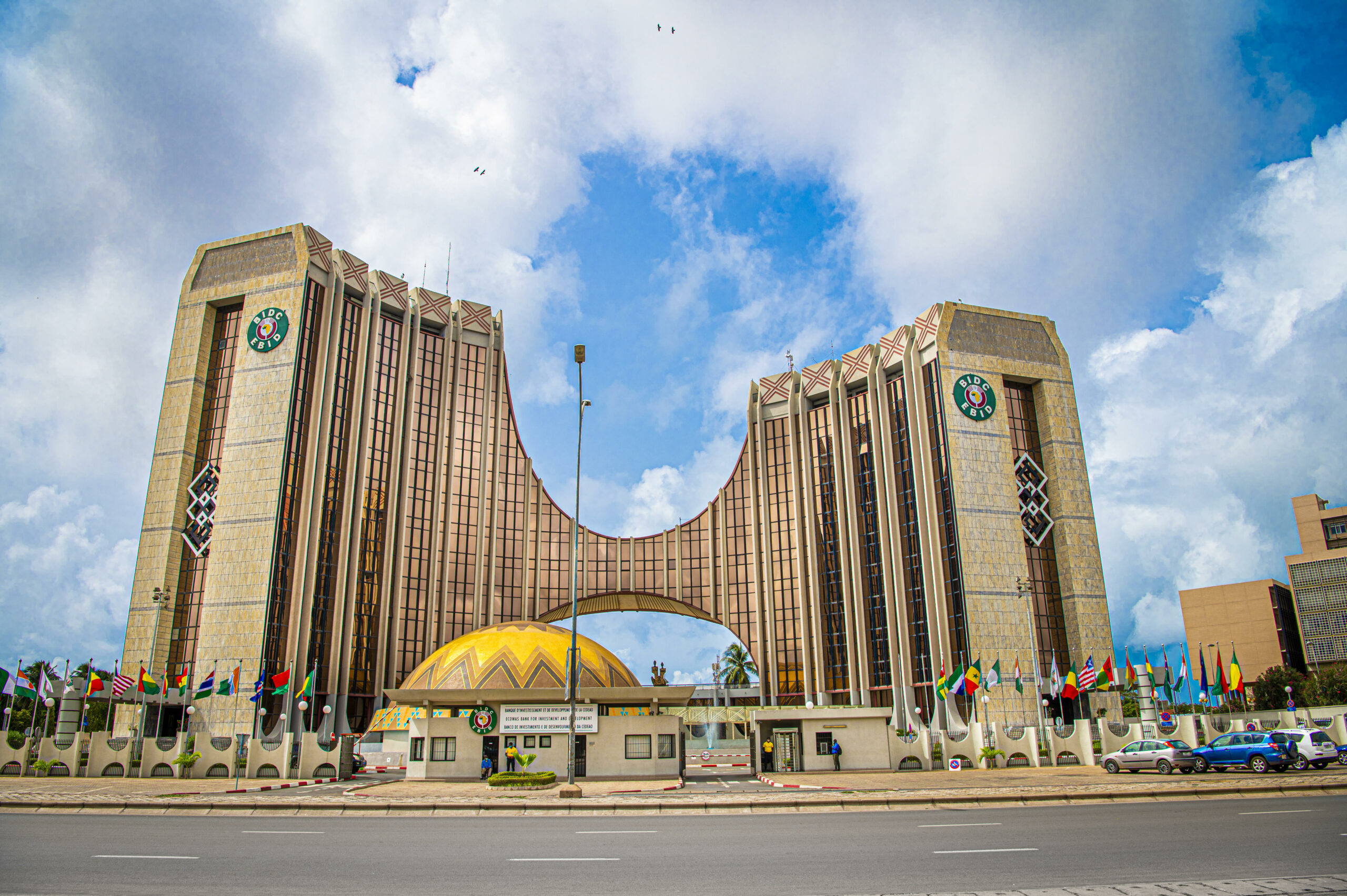

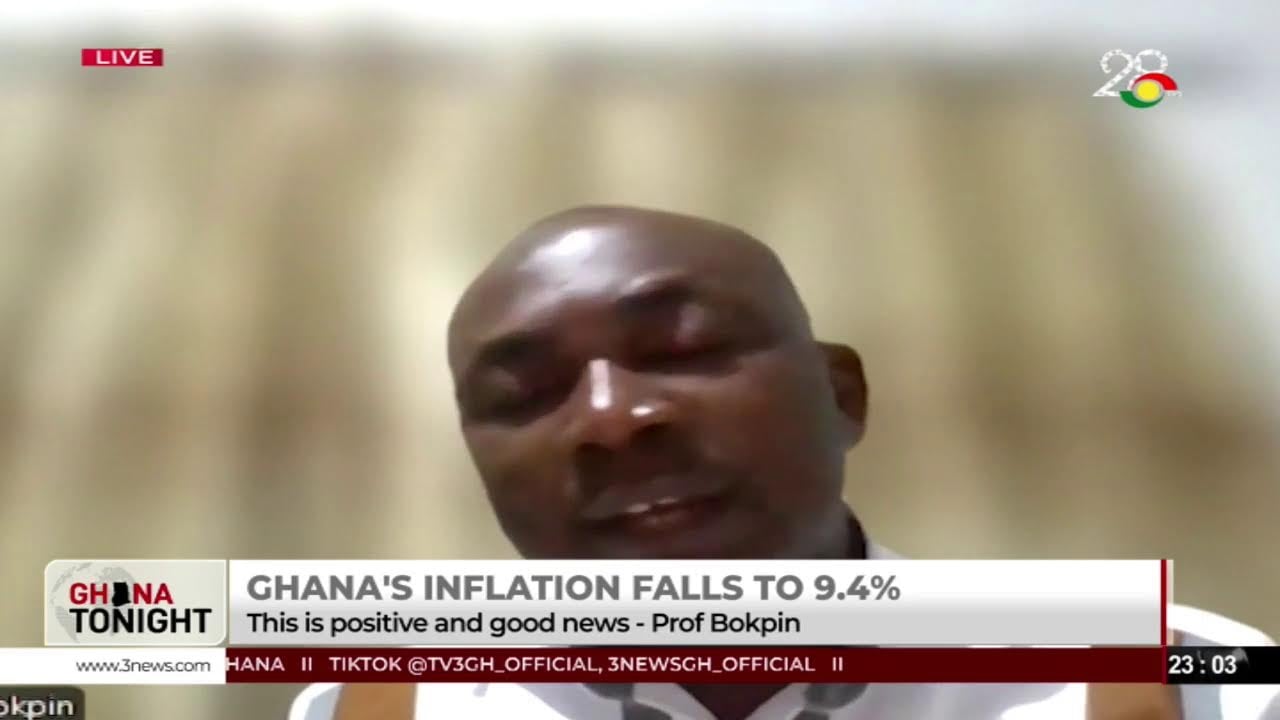
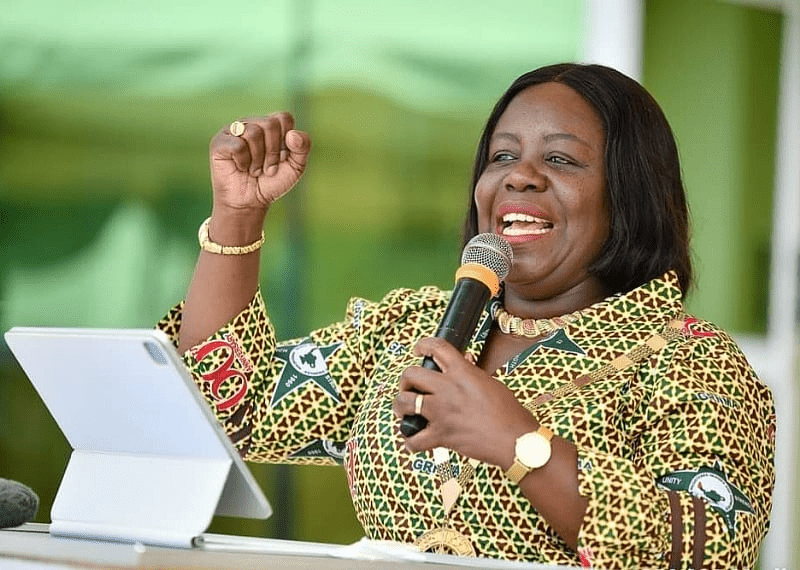

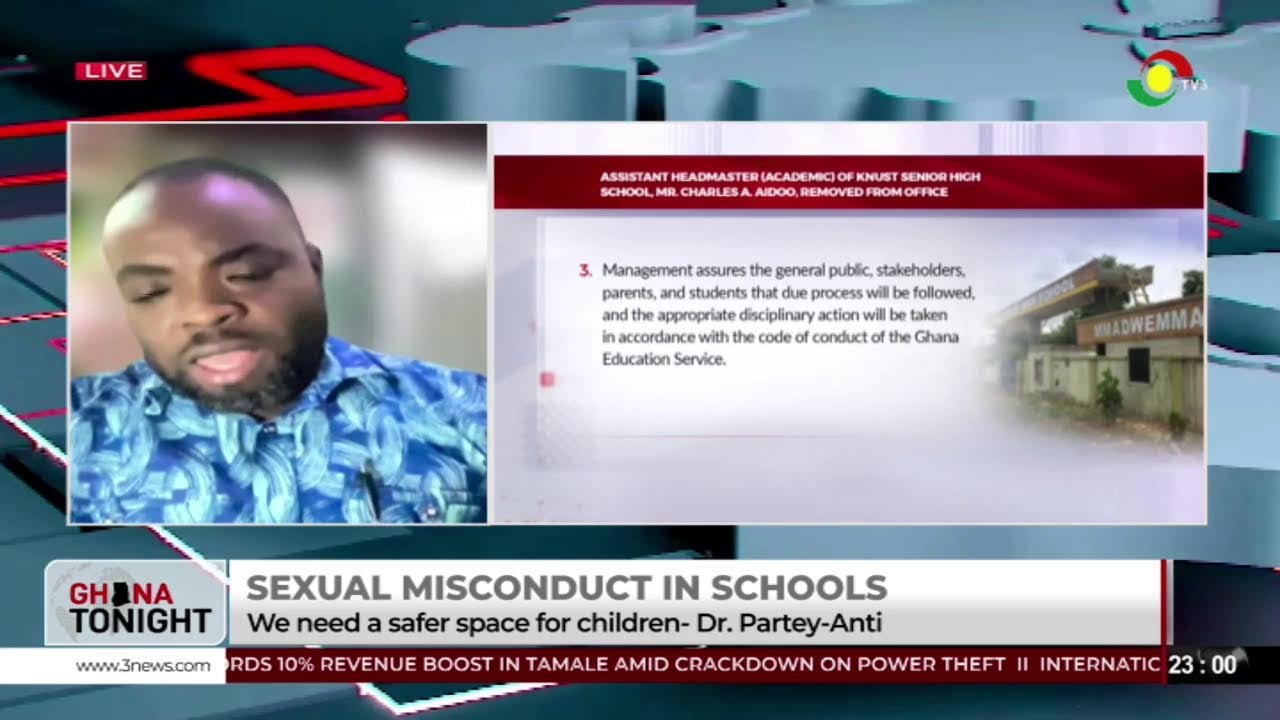




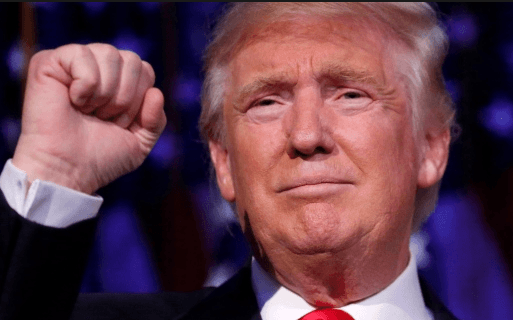






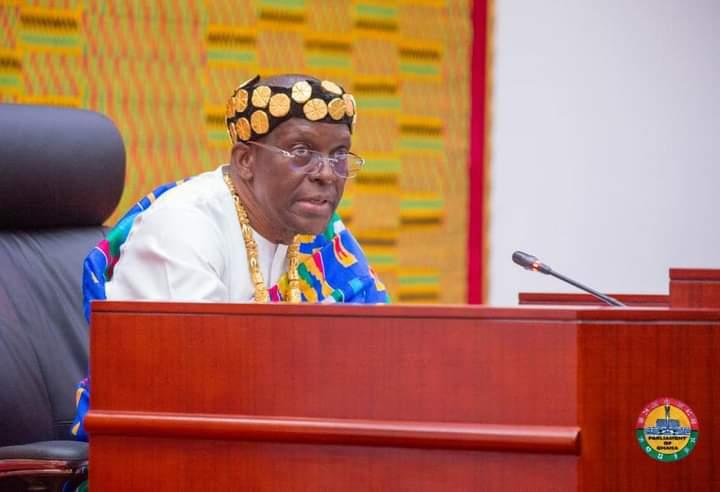

Facebook
Twitter
Pinterest
Instagram
Google+
YouTube
LinkedIn
RSS